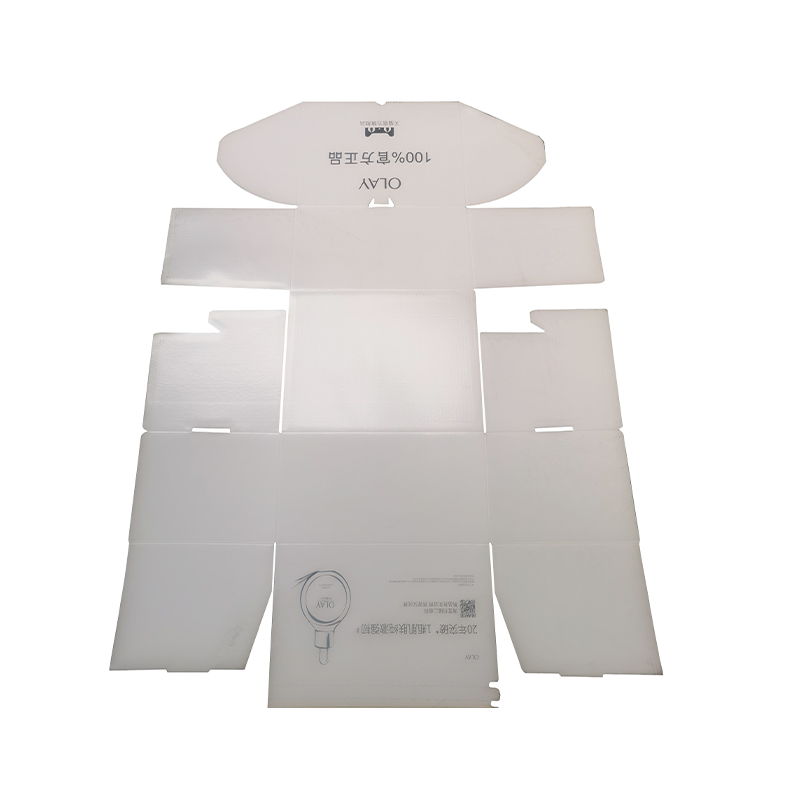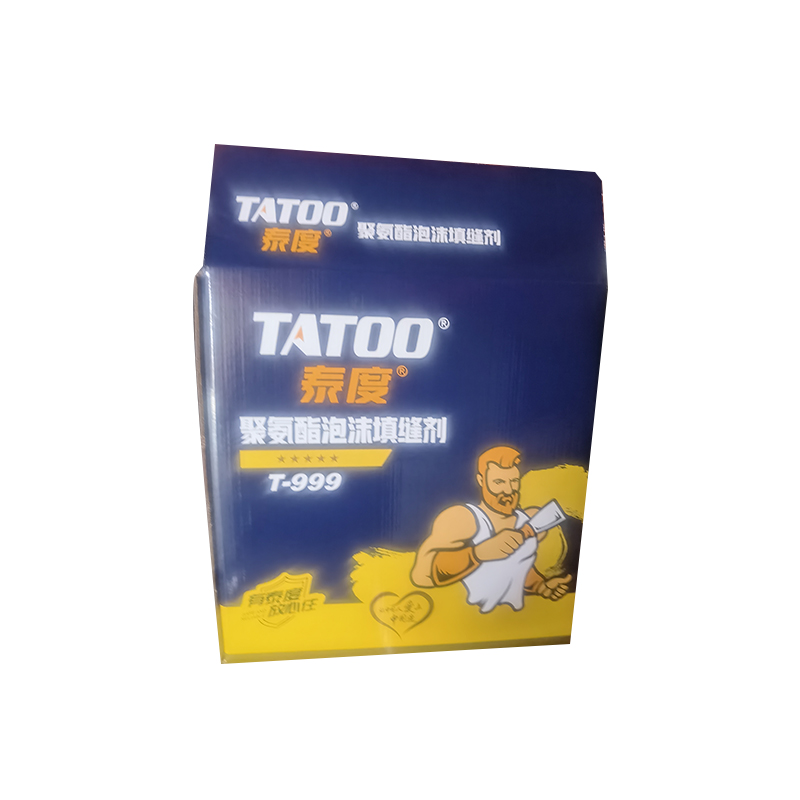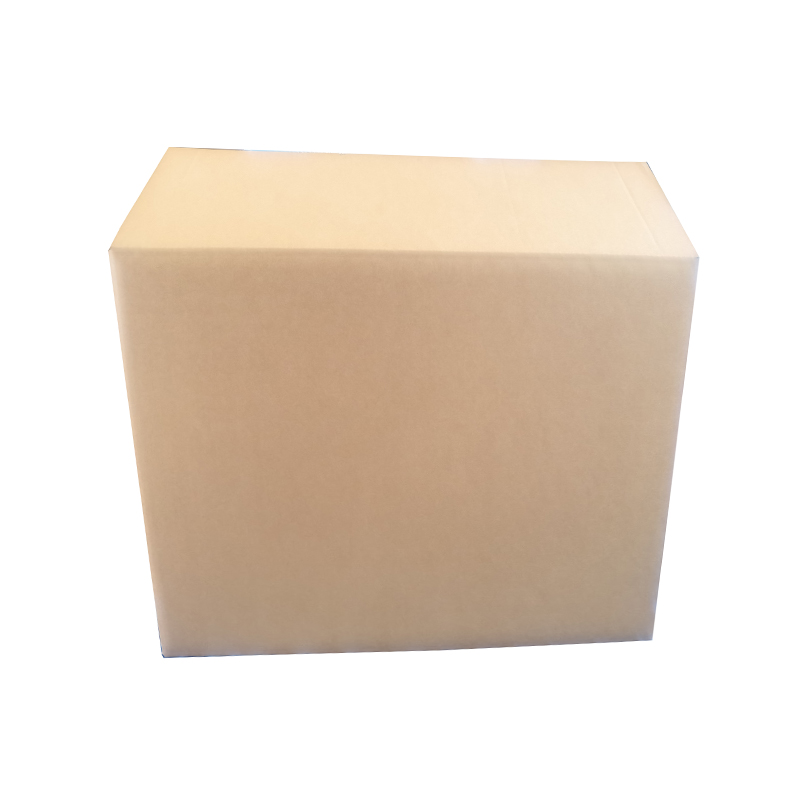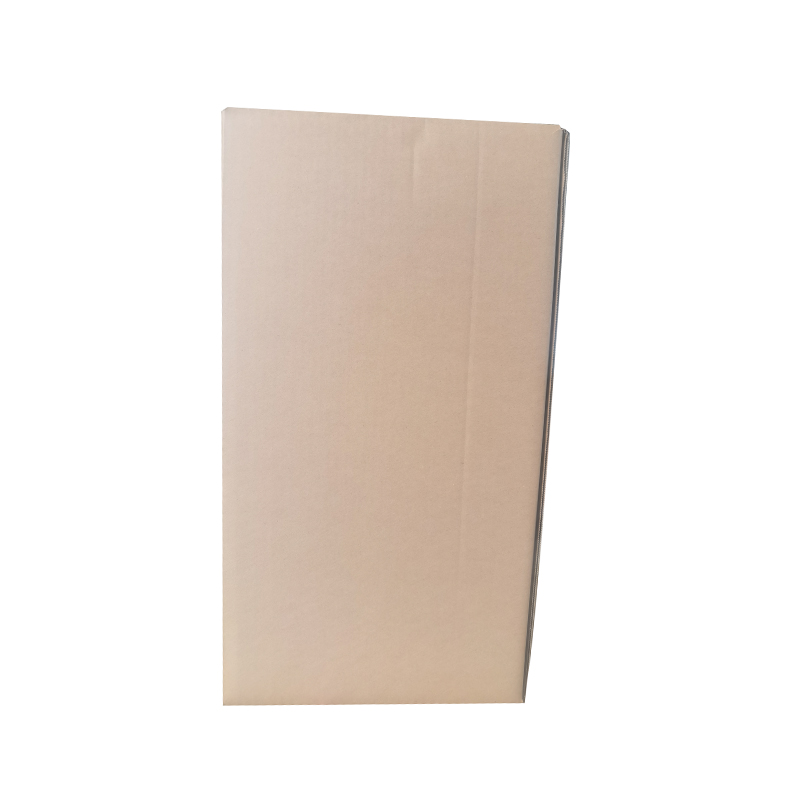How do environmentally friendly paper and inks achieve green production and sustainable development for color boxes?
Release Time : 2025-08-14
At the intersection of commodity distribution and consumer experience, color boxes have long transcended the original definition of "packaging," evolving into a core vehicle for brand storytelling, emotional connection, and value delivery. More than just a physical container protecting the product, they serve as a three-dimensional brand calling card, a silent visual dialogue, and a tangible brand promise. The moment the box is opened, the materials, colors, structure, and craftsmanship weave together into a multi-dimensional sensory experience, quietly shaping consumers' first impression and deeper understanding of product quality and brand identity.
The depth of the color box is first reflected in its precise expression as a "brand language." From the perspective of color psychology, each hue choice conveys an emotional connection: tech blue conveys trust and innovation, earth tones express nature and sustainability, and contrasting bright colors evoke vitality and youthfulness. The use of printing techniques such as spot colors, Pantone colors, spot UV, hot stamping, and embossing not only enhances visual depth and tactile richness, but also embodies the brand's premium and unique character. A well-designed color box instantly captures attention on the shelf, standing out from competitors. It is itself an extension of the Brand Identity System (BIS), silently conveying a brand's story, philosophy, and aesthetic.
The innovative nature of the color box lies in the deep integration of structural design and user experience. Modern color boxes are no longer limited to simple lids or bifolds. Through die-cutting, folding, and splicing techniques, diverse structures such as drawers, book shapes, custom shapes, magnetic attachments, and windows are now available. These structural designs not only enhance the ritual and fun of opening, but also optimize the use of internal space, precisely securing and protecting products of varying shapes. Details such as easy-open design, reclosable structure, and concealed handles demonstrate a deep understanding of user scenarios. The color box becomes the "first touchpoint" connecting product and user. Every opening and closing creates an intimate interaction between brand and consumer, strengthening the product's emotional value and memorable moments.
At a deeper level, innovation lies in the advancement of sustainable concepts and material technology. Faced with environmental challenges, the color box industry is undergoing profound transformation. The widespread use of environmentally friendly materials such as FSC-certified paper, recycled pulp, soy ink, and water-based varnish has reduced the depletion of forest resources and chemical pollution. New biodegradable and compostable packaging materials are also being explored. Structural optimization reduces material usage, and lightweight designs reduce transportation carbon emissions. Some brands even adopt "inkless printing" or minimalist designs, using white space and the natural color of materials to convey an environmentally friendly attitude. This shift from "consumption" to "responsibility" has made the color box a tangible symbol of a brand's commitment to sustainability, winning the recognition of environmentally conscious consumers.
Ultimately, the value of the color box lies in its integration of commercial function and humanistic care. It protects the product and reduces transportation damage; it conveys information, including product instructions and safety warnings; it promotes sales and is crucial for end-of-line display; and it carries emotion. As gift packaging, its sophistication is directly linked to the gift giver's thoughtfulness and respect. In the e-commerce era, the color box in express delivery packages becomes the "unboxing moment" of the brand experience, and its integrity and design directly influence user reviews and social media sharing. An outstanding color box can make ordinary products shine and standard processes full of surprises. It proves that the most effective marketing is sometimes not in advertising, but is quietly accomplished by a carefully designed paper box at the moment when the consumer opens it with their own hands.
The depth of the color box is first reflected in its precise expression as a "brand language." From the perspective of color psychology, each hue choice conveys an emotional connection: tech blue conveys trust and innovation, earth tones express nature and sustainability, and contrasting bright colors evoke vitality and youthfulness. The use of printing techniques such as spot colors, Pantone colors, spot UV, hot stamping, and embossing not only enhances visual depth and tactile richness, but also embodies the brand's premium and unique character. A well-designed color box instantly captures attention on the shelf, standing out from competitors. It is itself an extension of the Brand Identity System (BIS), silently conveying a brand's story, philosophy, and aesthetic.
The innovative nature of the color box lies in the deep integration of structural design and user experience. Modern color boxes are no longer limited to simple lids or bifolds. Through die-cutting, folding, and splicing techniques, diverse structures such as drawers, book shapes, custom shapes, magnetic attachments, and windows are now available. These structural designs not only enhance the ritual and fun of opening, but also optimize the use of internal space, precisely securing and protecting products of varying shapes. Details such as easy-open design, reclosable structure, and concealed handles demonstrate a deep understanding of user scenarios. The color box becomes the "first touchpoint" connecting product and user. Every opening and closing creates an intimate interaction between brand and consumer, strengthening the product's emotional value and memorable moments.
At a deeper level, innovation lies in the advancement of sustainable concepts and material technology. Faced with environmental challenges, the color box industry is undergoing profound transformation. The widespread use of environmentally friendly materials such as FSC-certified paper, recycled pulp, soy ink, and water-based varnish has reduced the depletion of forest resources and chemical pollution. New biodegradable and compostable packaging materials are also being explored. Structural optimization reduces material usage, and lightweight designs reduce transportation carbon emissions. Some brands even adopt "inkless printing" or minimalist designs, using white space and the natural color of materials to convey an environmentally friendly attitude. This shift from "consumption" to "responsibility" has made the color box a tangible symbol of a brand's commitment to sustainability, winning the recognition of environmentally conscious consumers.
Ultimately, the value of the color box lies in its integration of commercial function and humanistic care. It protects the product and reduces transportation damage; it conveys information, including product instructions and safety warnings; it promotes sales and is crucial for end-of-line display; and it carries emotion. As gift packaging, its sophistication is directly linked to the gift giver's thoughtfulness and respect. In the e-commerce era, the color box in express delivery packages becomes the "unboxing moment" of the brand experience, and its integrity and design directly influence user reviews and social media sharing. An outstanding color box can make ordinary products shine and standard processes full of surprises. It proves that the most effective marketing is sometimes not in advertising, but is quietly accomplished by a carefully designed paper box at the moment when the consumer opens it with their own hands.







